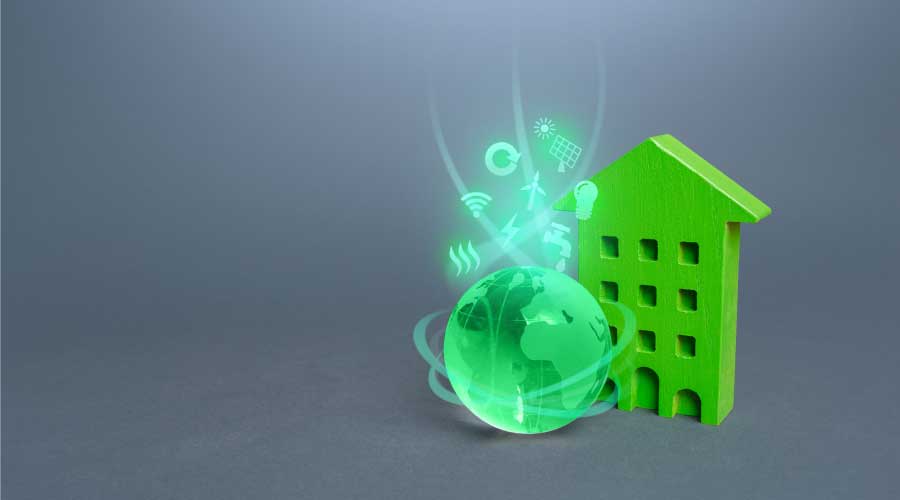Strategies for Continued Energy Efficient Performance
What are some of the go-to strategies and or tools you employ to ensure continued energy efficient performance?
The continued E-SPLOST funding has allowed continued incremental improvements as building systems and envelopes such as roofing are replaced. The secret sauce over the past six years has been our utilities coordinator, Russell Holly, who brings years of business experience and expertise in mechanical systems and utility conservation coupled with an exceptional troubleshooting capability and strong interpersonal and communication skills. We look at metrics such as kBtu per square foot per year, Energy Star rating, cost per kWh of electricity, peak electrical demand, lowest electrical demand during unoccupied periods. In addition, Russell has set up several metrics that have helped establish benchmarks of best practices that also help identify specific actionable causes (of energy inefficiency). Here are some examples:
• Computers being left on at night. Our standard is that schools and support buildings should have fewer than 10 computers that remain on at night. In March 2011 we had almost 10,000 computers left on over the winter semester break. We now average less than 2,500 being left on over weekends and are still working on it. Principals who are the worst performers receive an email and the data is published on an internal employee website.
• Monitoring evening lighting loads. One of our schools had a contract custodial crew that was turning all of the lights on and leaving them on during the evening. Russell investigated, determined what a reasonable amount of lights that should be needed at any one time, and met with the school staff and contractor to set expectations. He also set up alarms in our building automation system that set an alarm email to the school principal when the electrical demand reading exceeds acceptable levels during the evening hours.
• Water use monitoring. We monitor all of our high schools' and many of our middle schools' main water meters. Russell reviews high levels of water use to determine if the school is over irrigating and also looks to see if the water use is going down to zero gallons per hour during unoccupied periods to identify whether leaks exist. The system also is set to send alarm emails if the use goes over certain levels during the occupied hours and other set points during unoccupied hours. Recently, an alarm of high usage at a school on a Saturday revealed a broken line serving a softball concession stand in a remote area of the campus. The leak was costing $60 per hour in lost water and without monitoring would have gone on until at least Monday and possibly longer because of the remote location of the break.
Answers provided by Joseph Clements PE, CEM, Executive Director, Facilities Services for Fulton County School System, College Park, Ga.
Related Topics:















